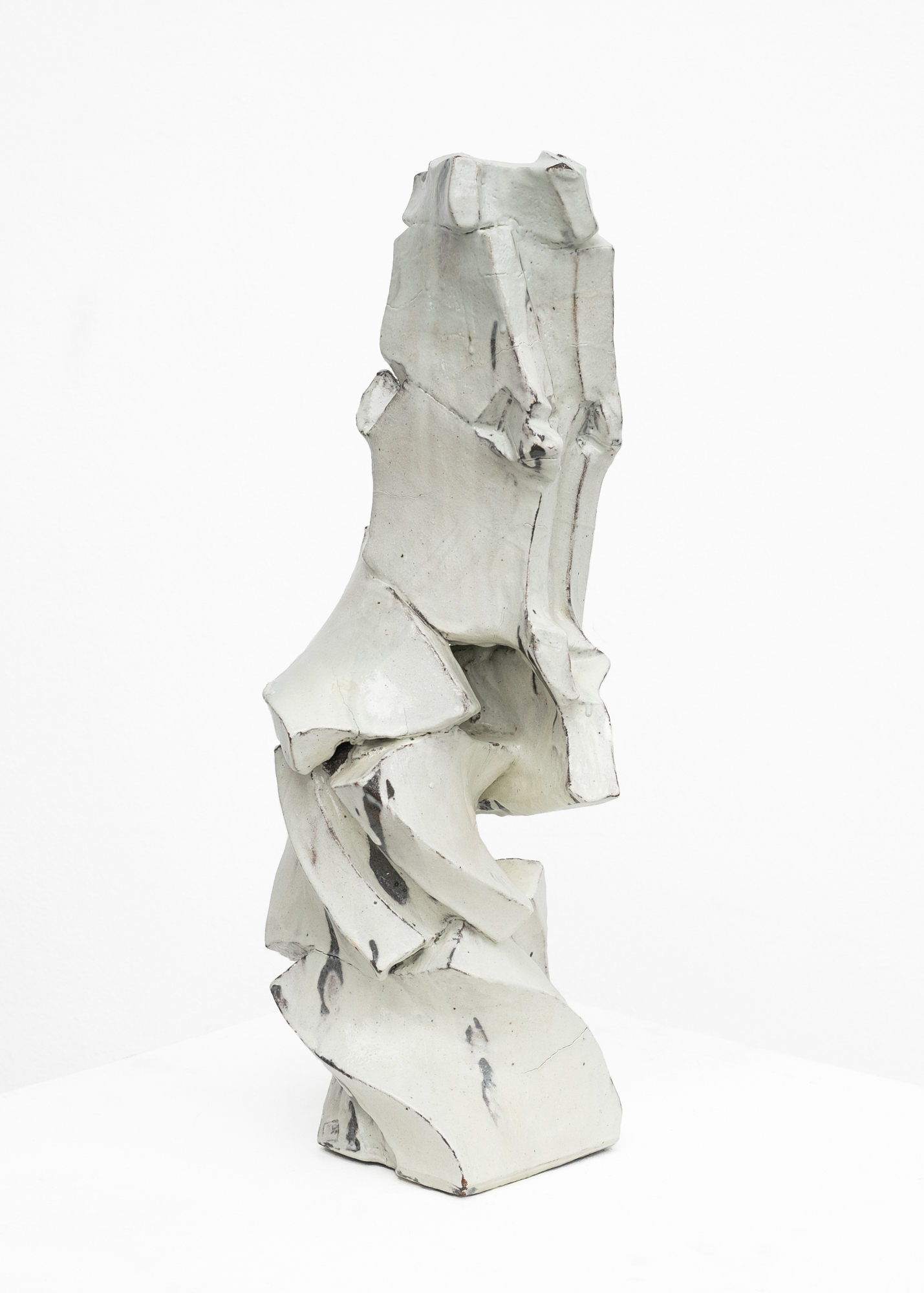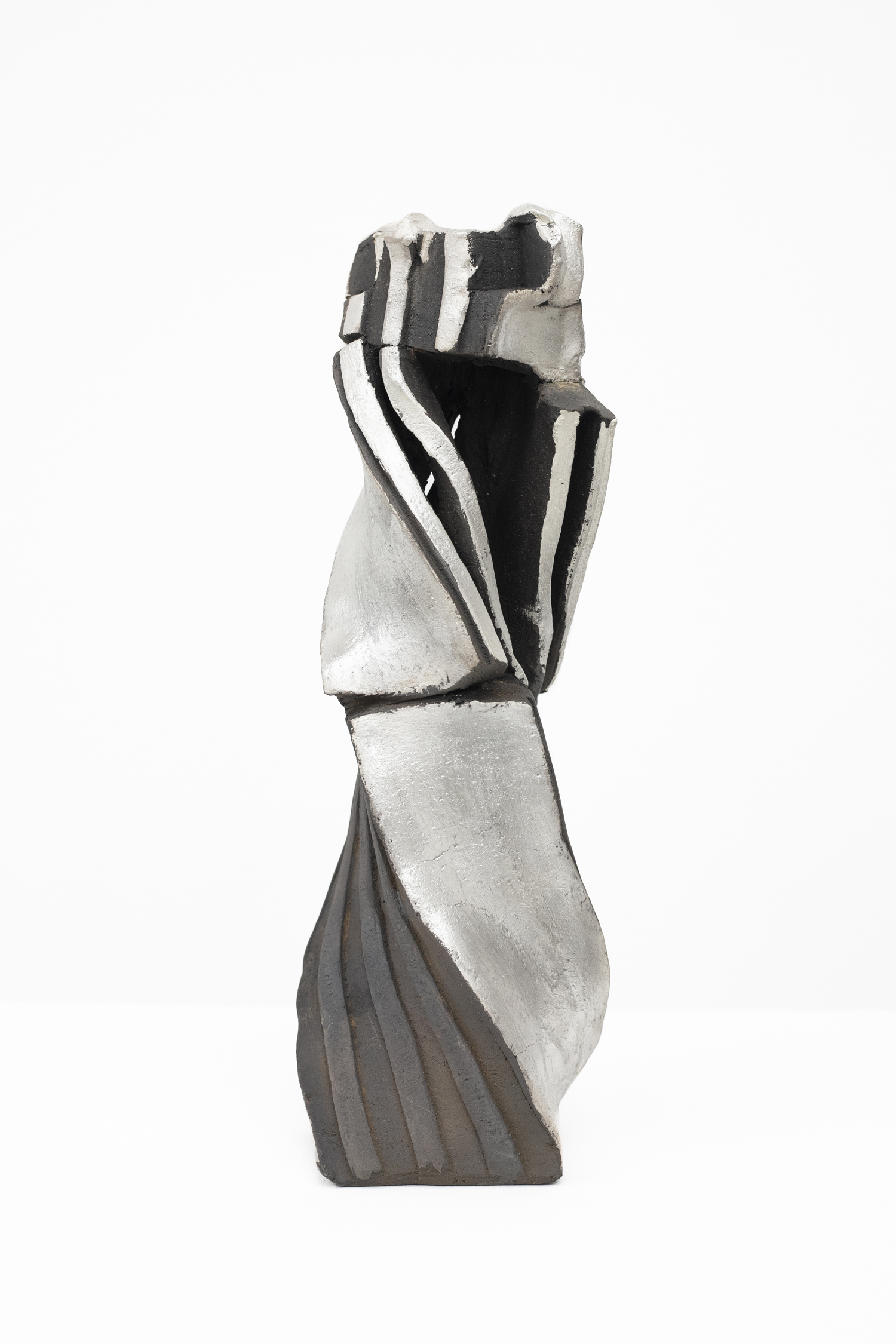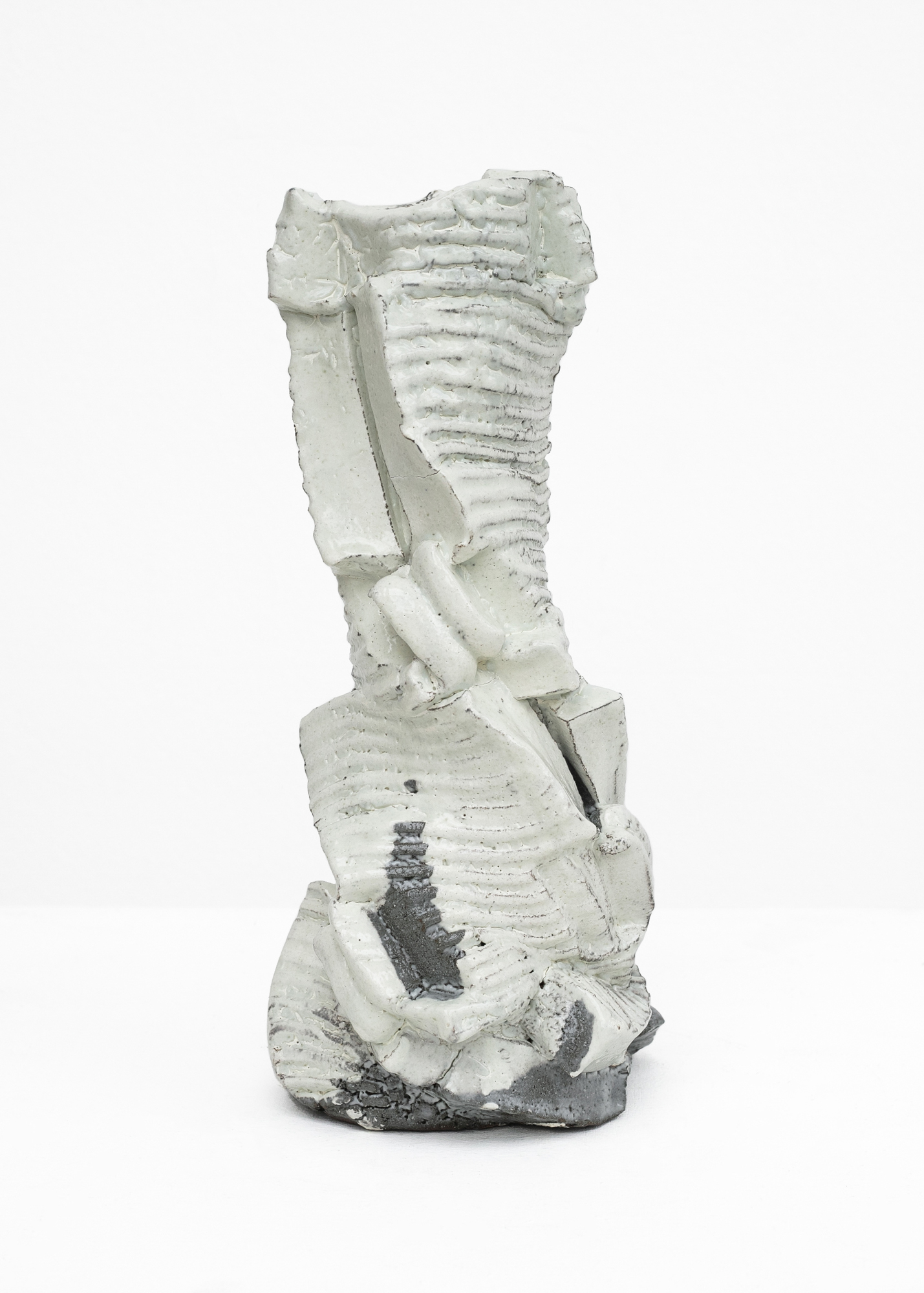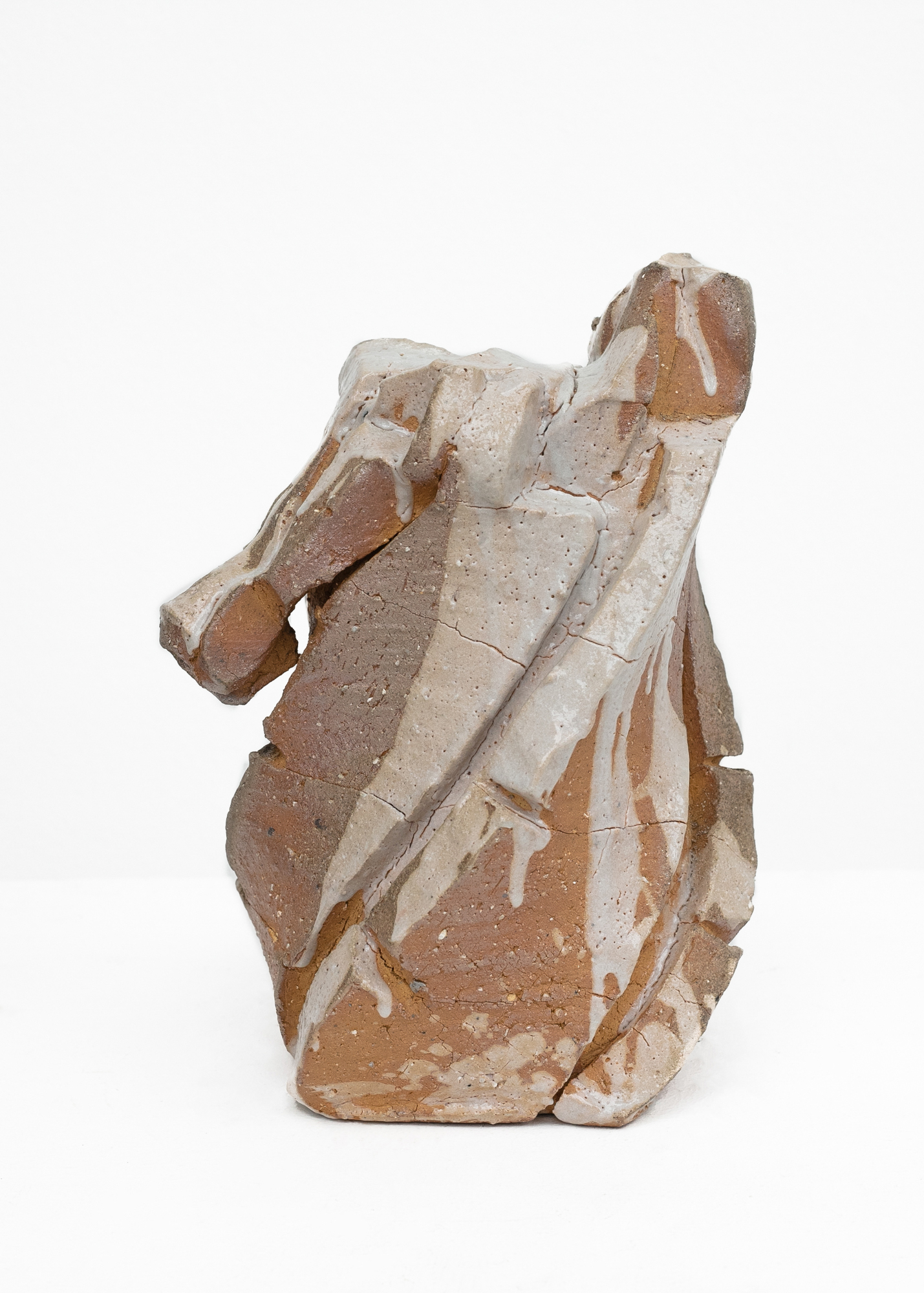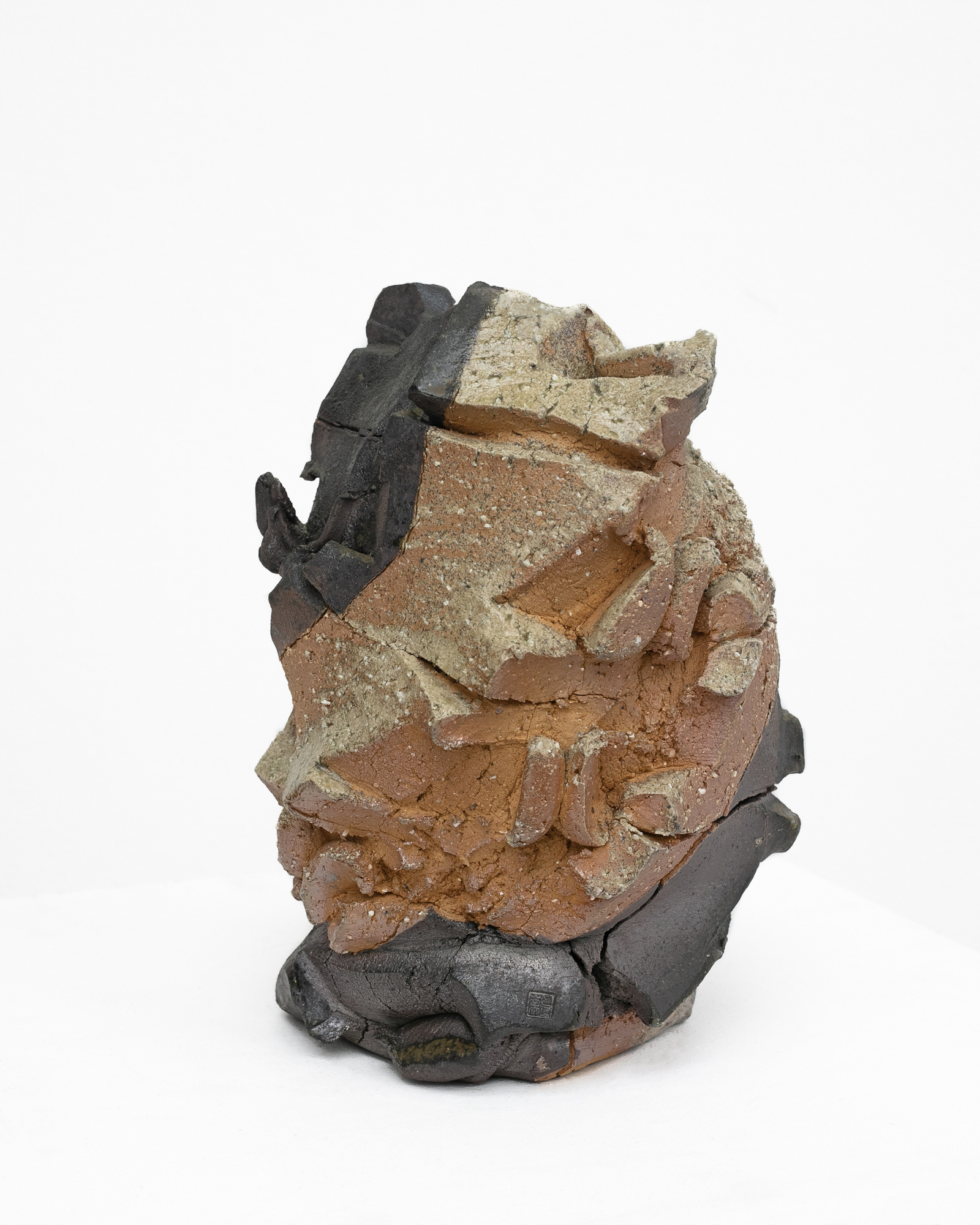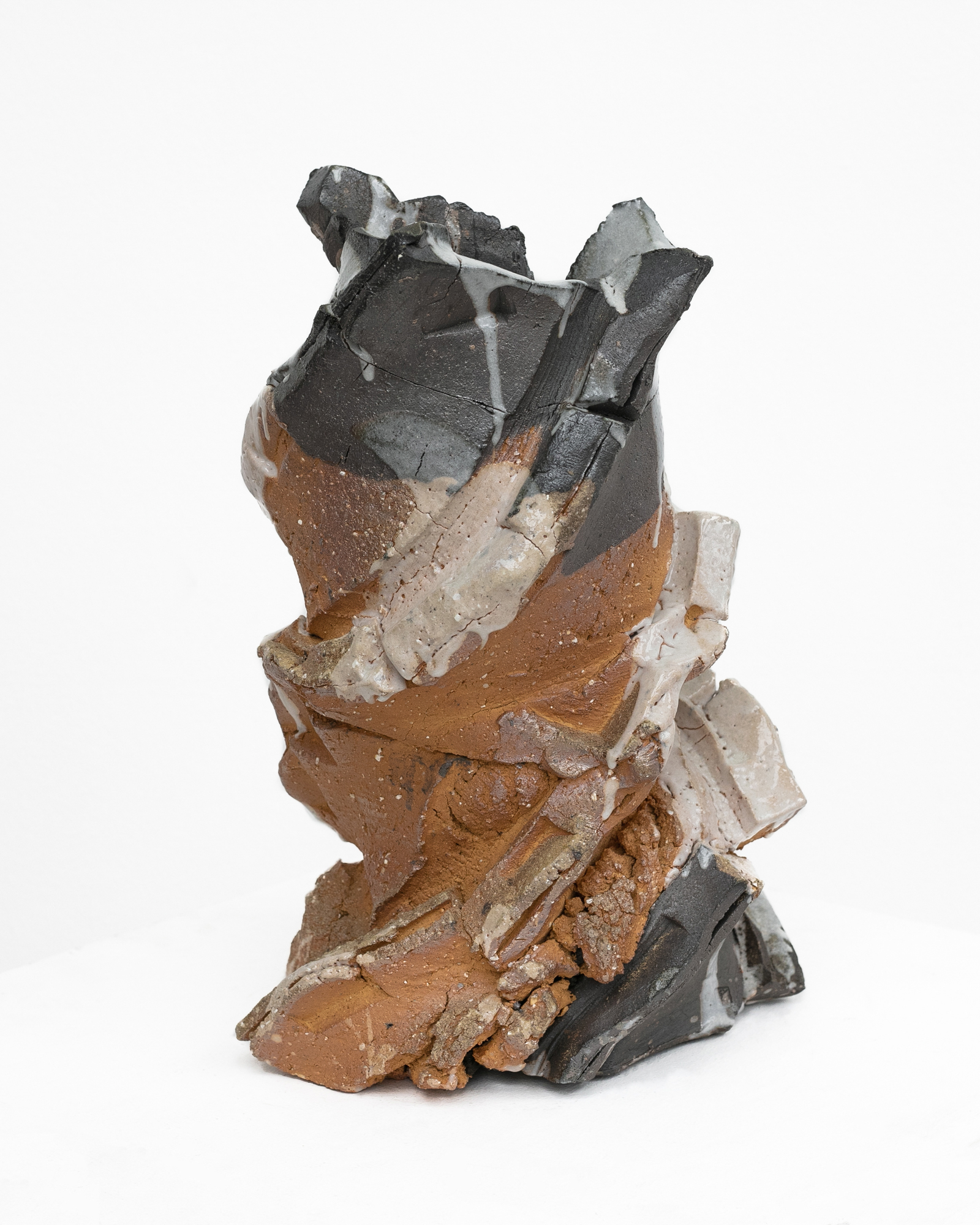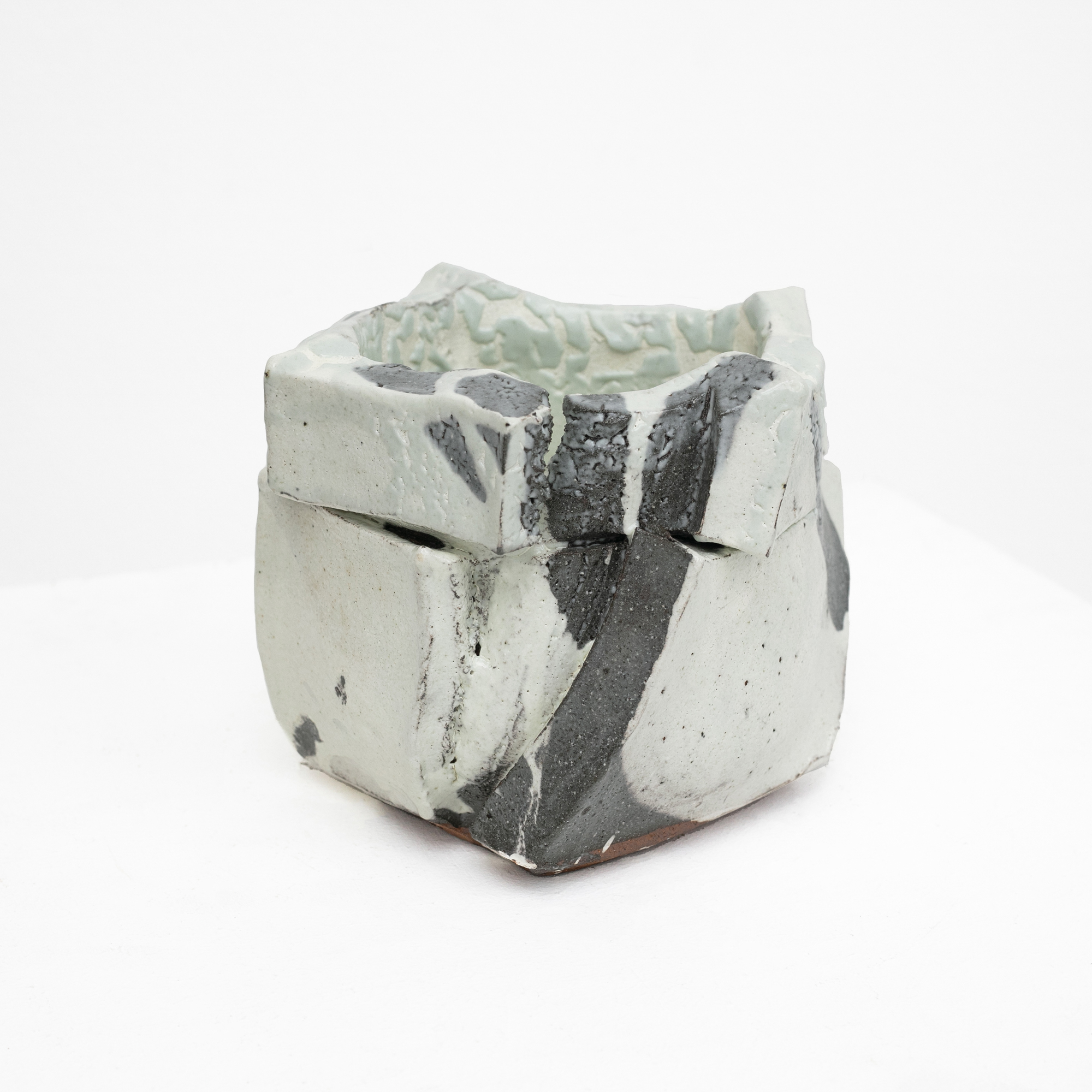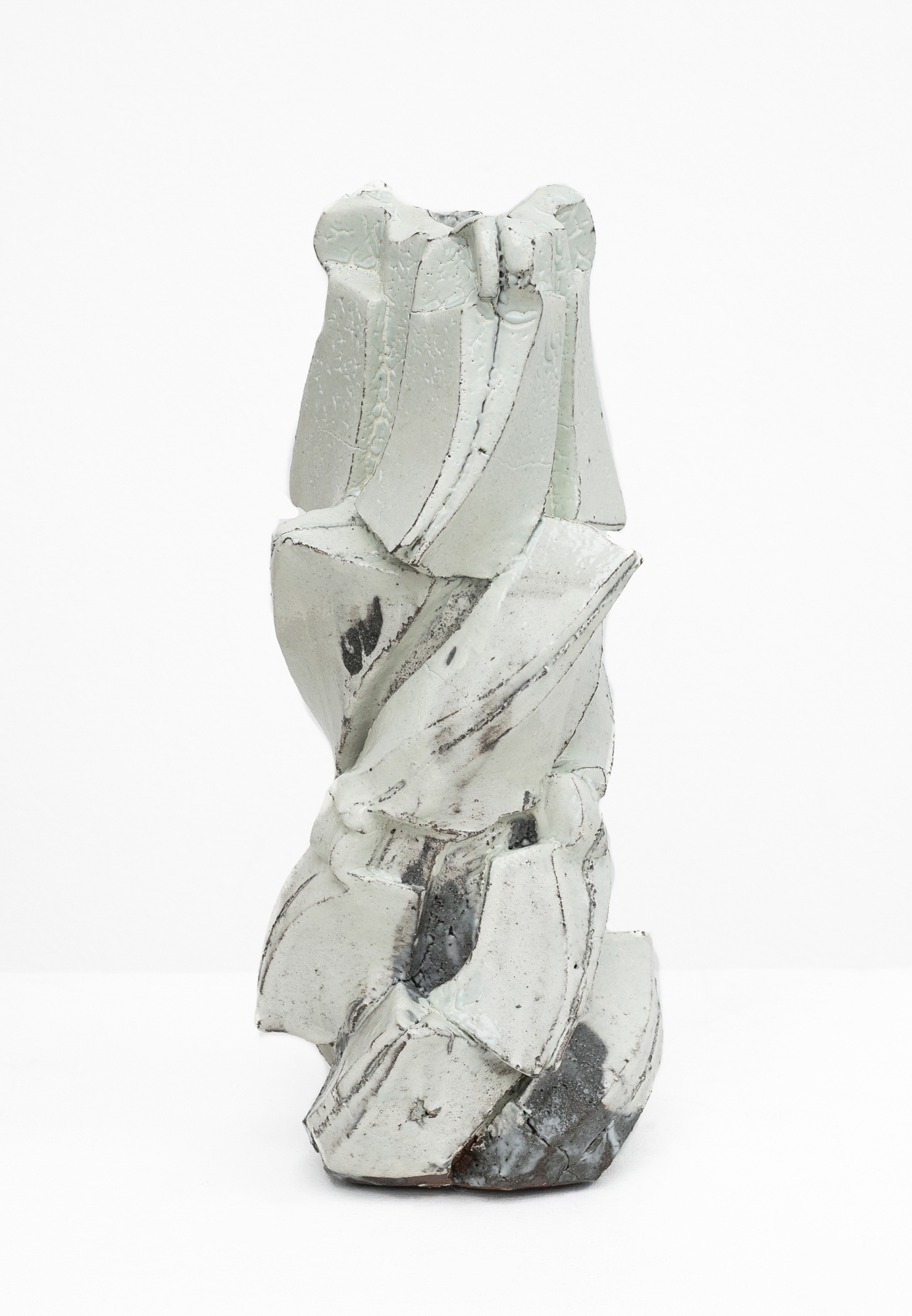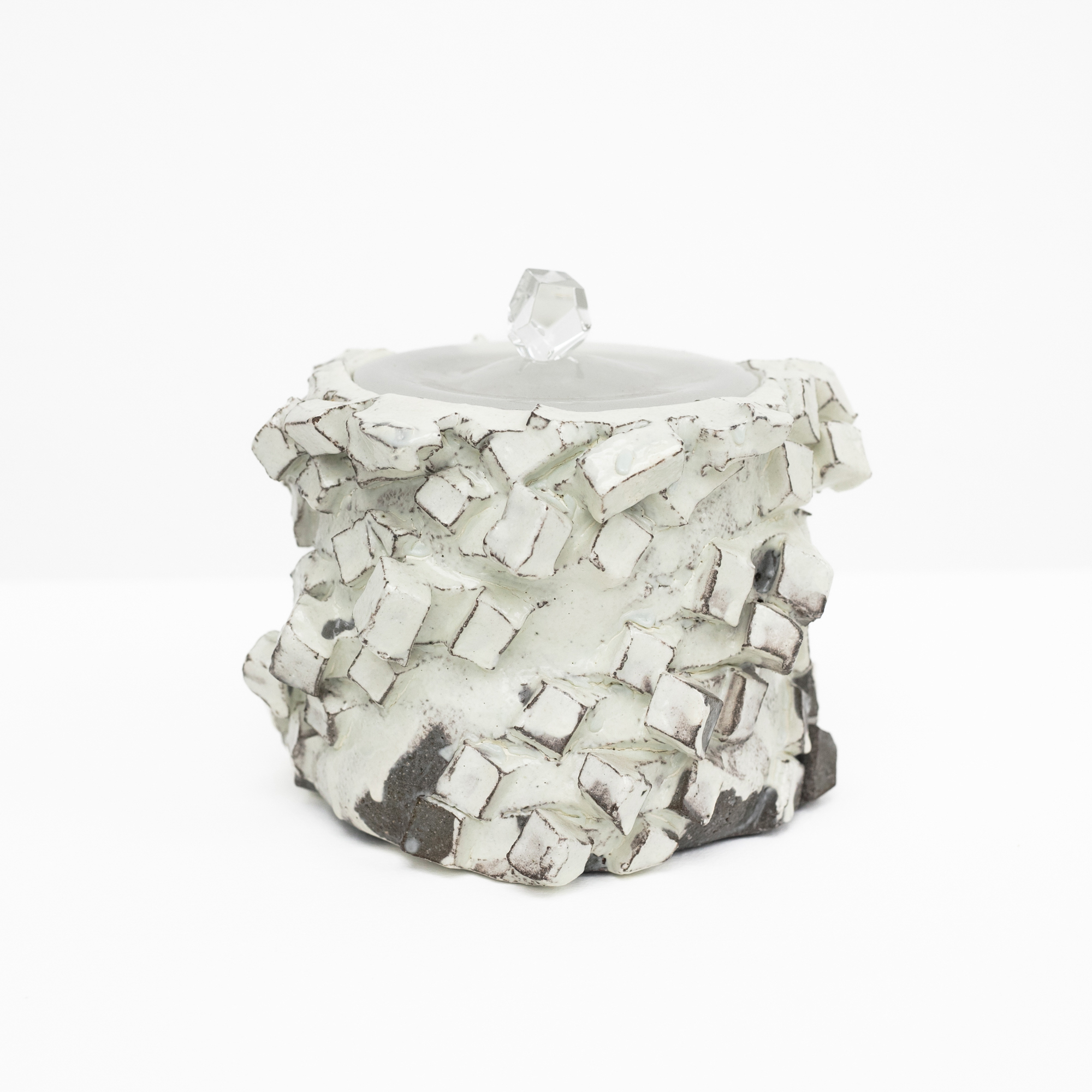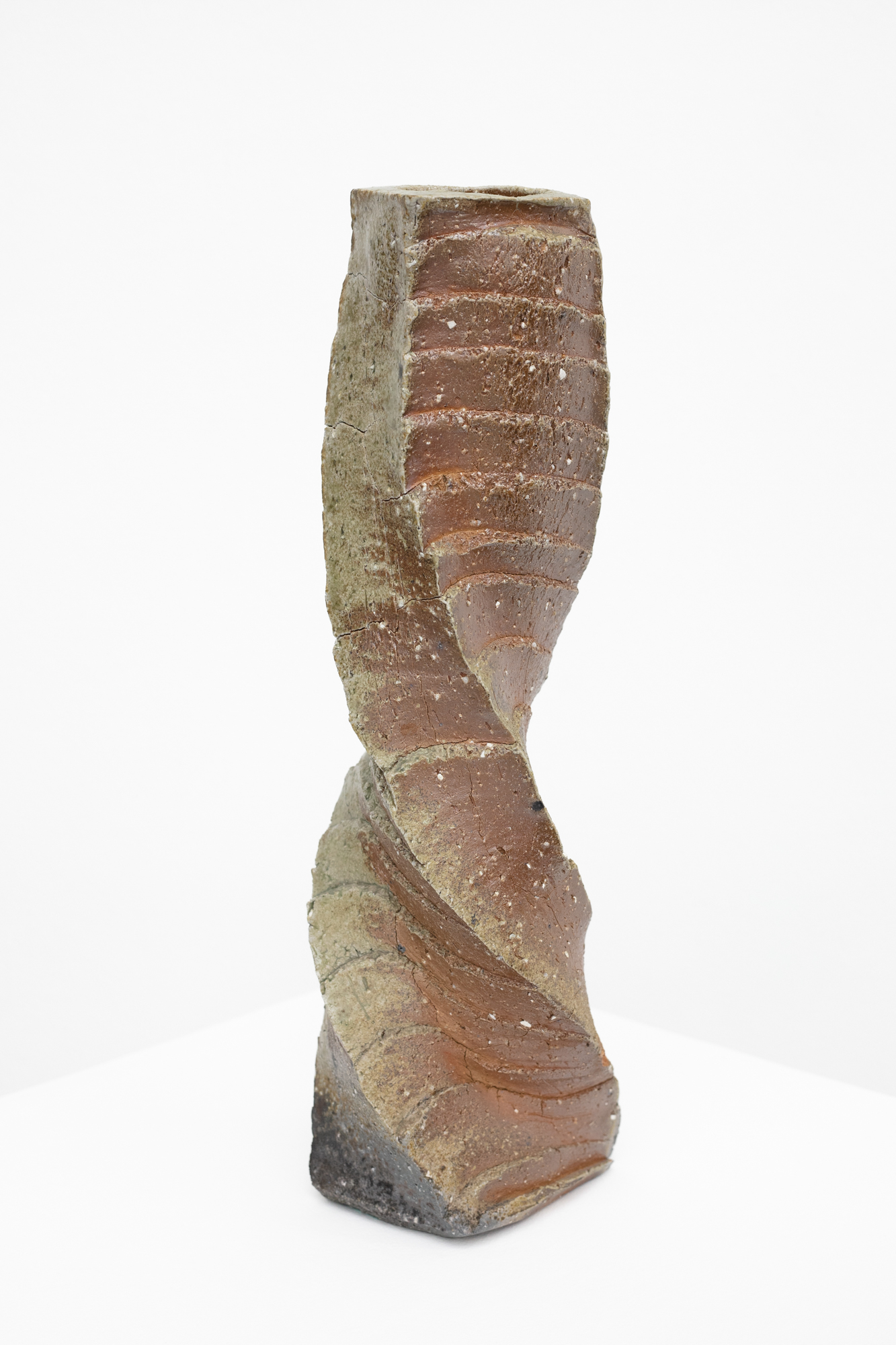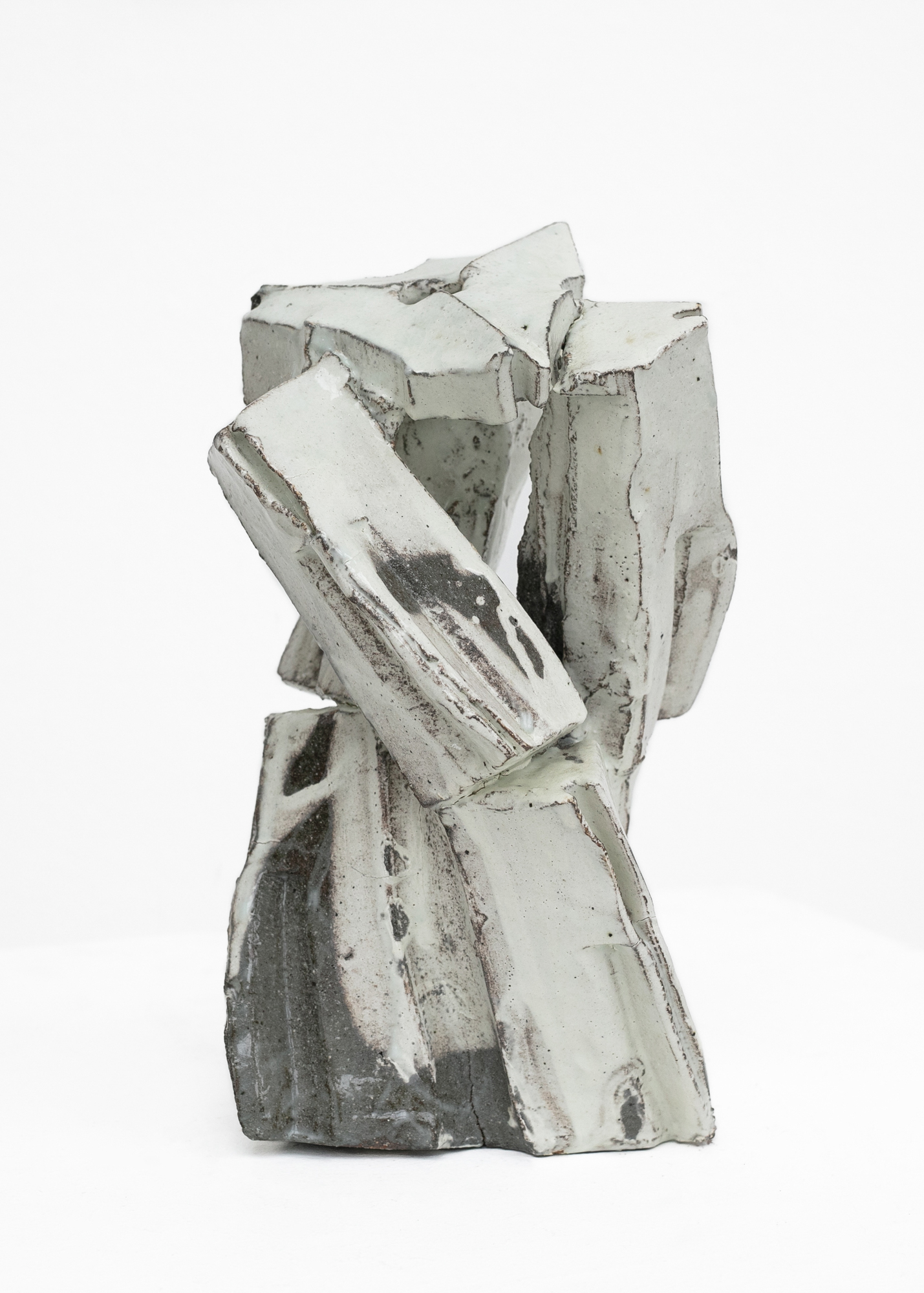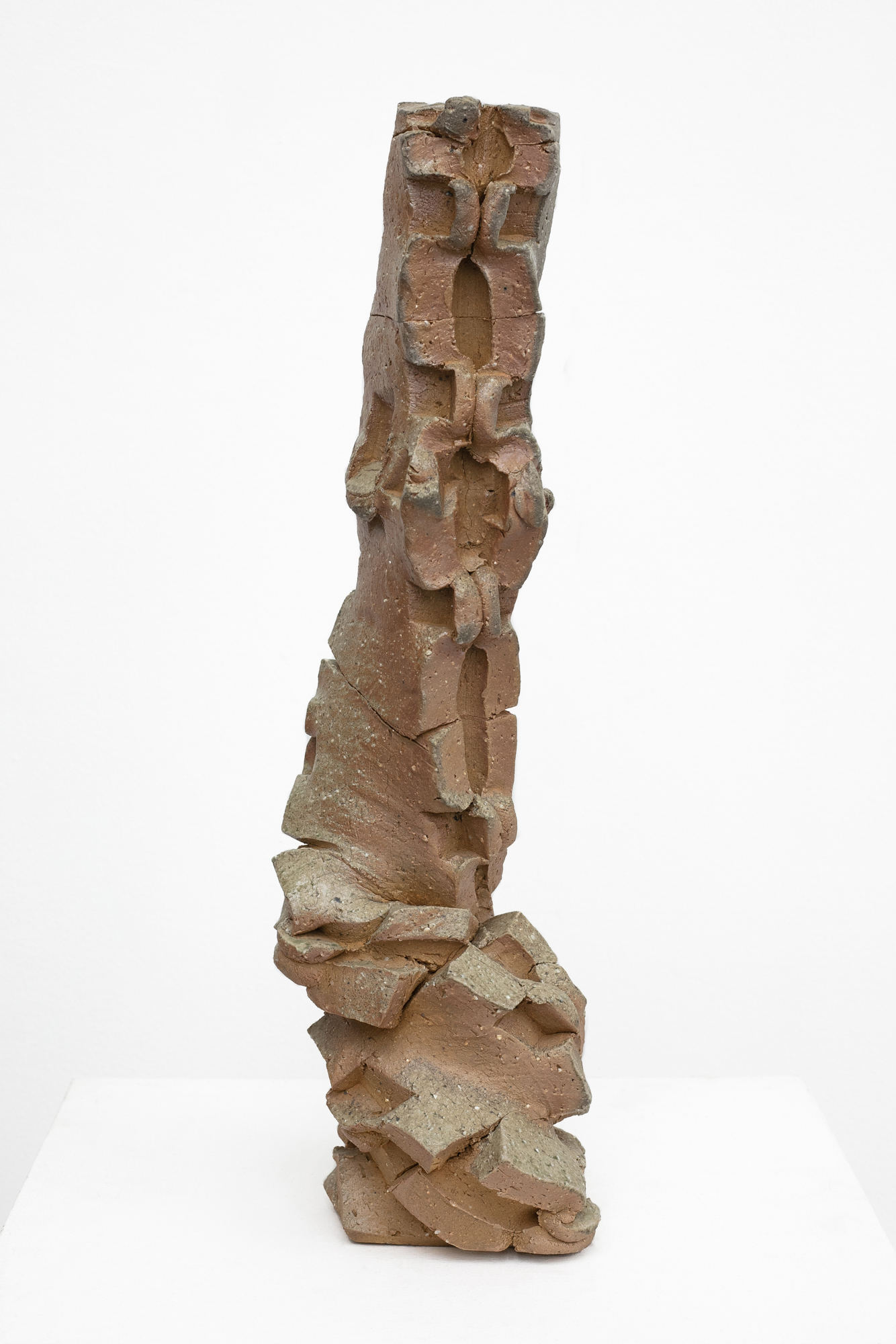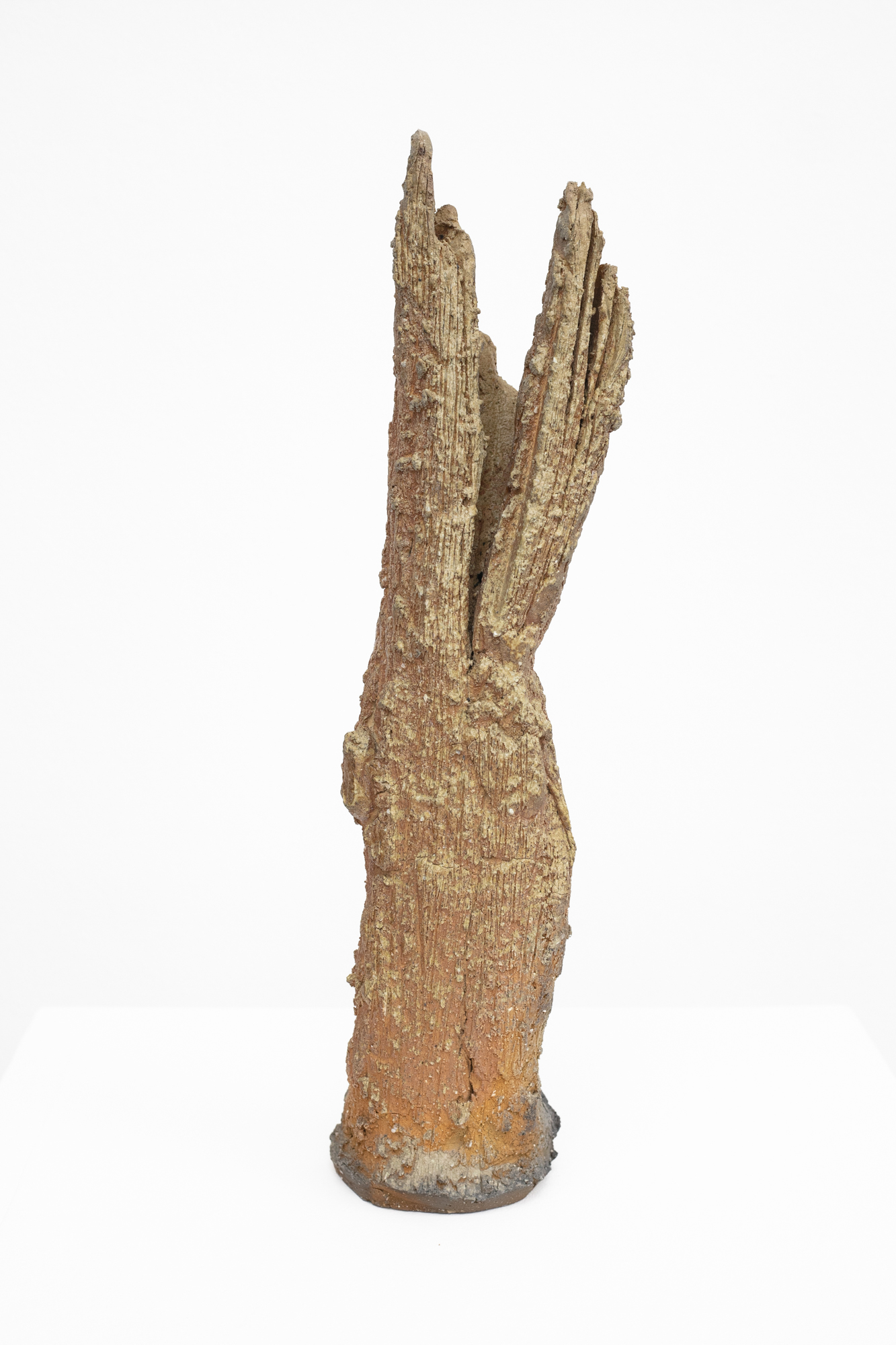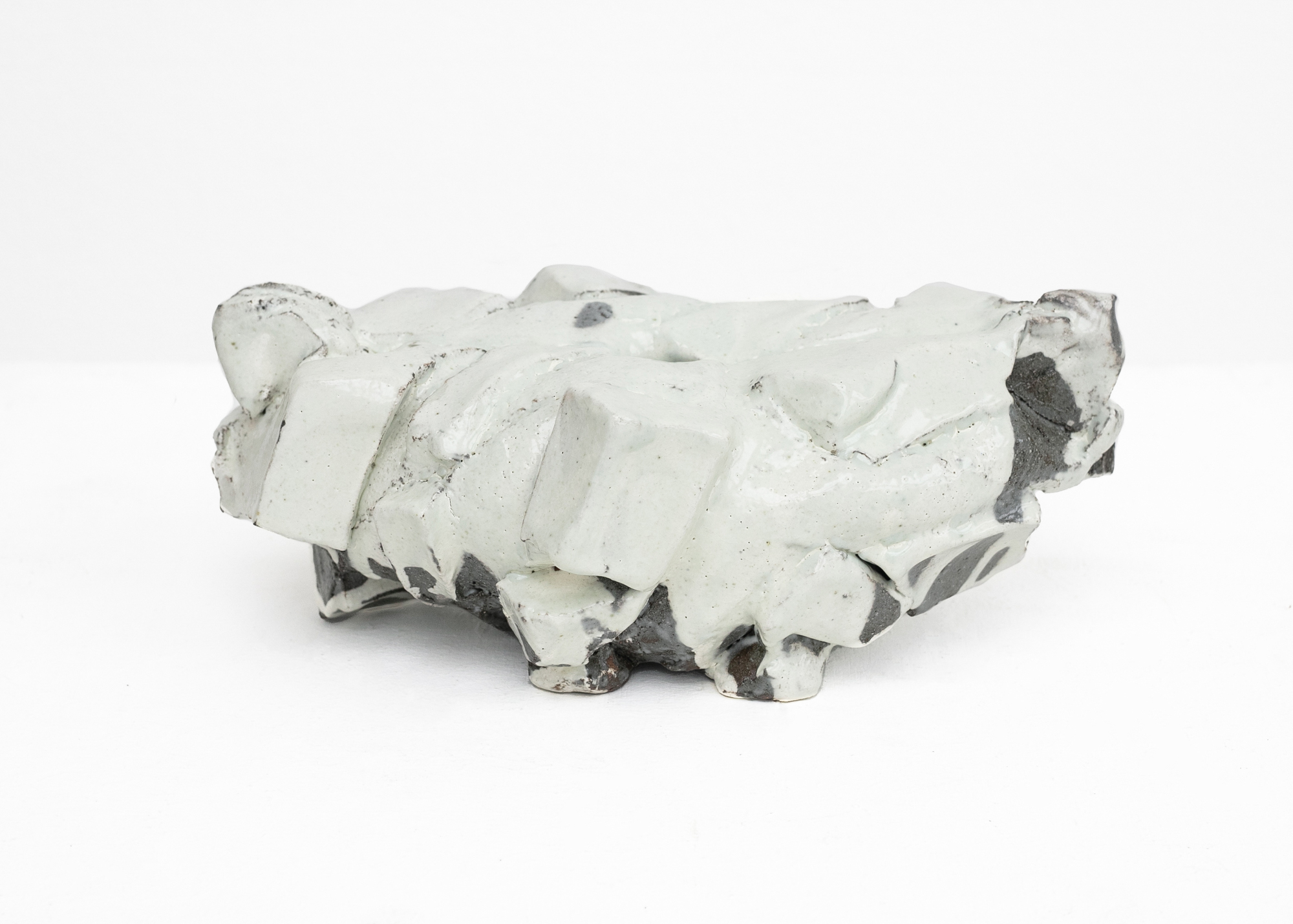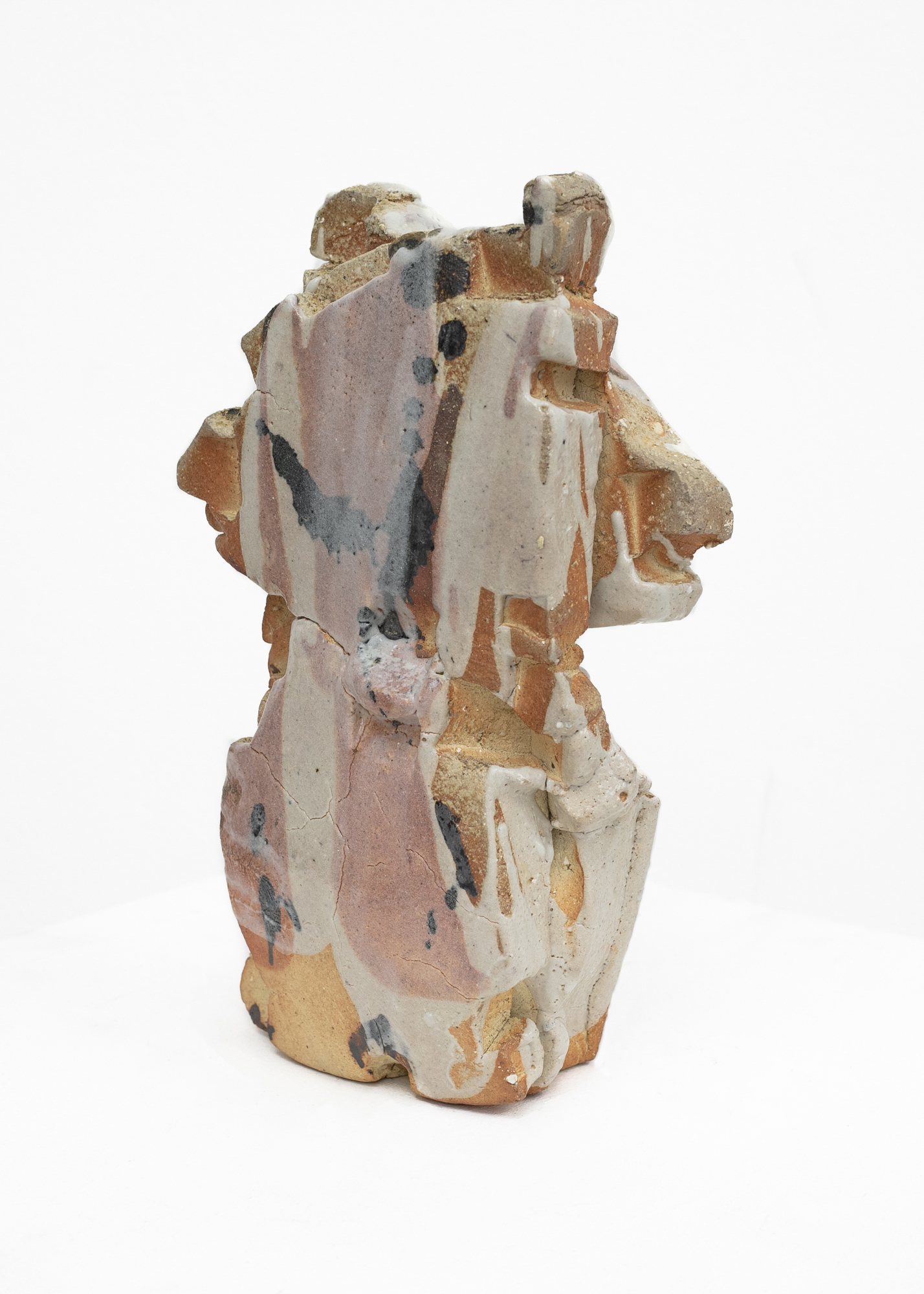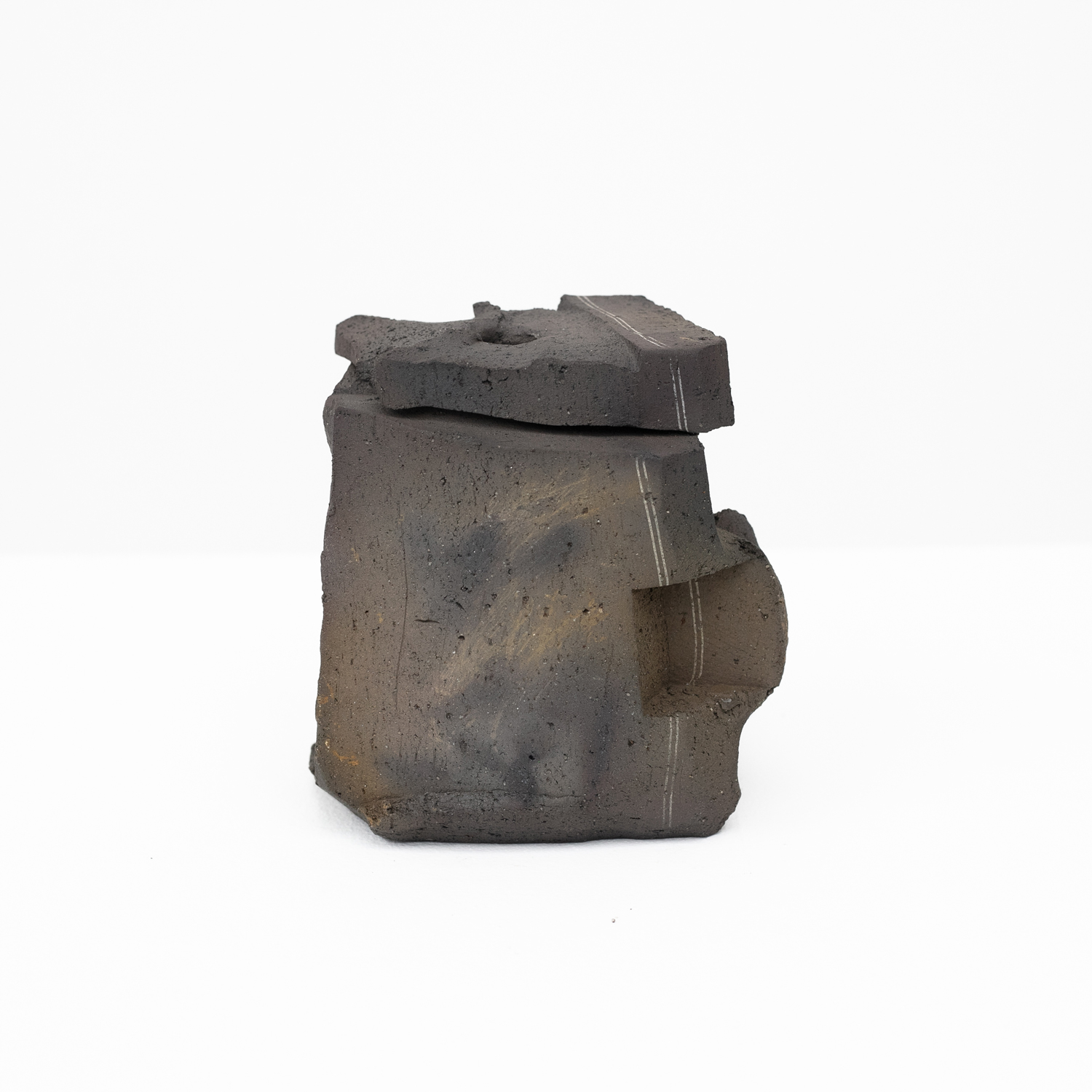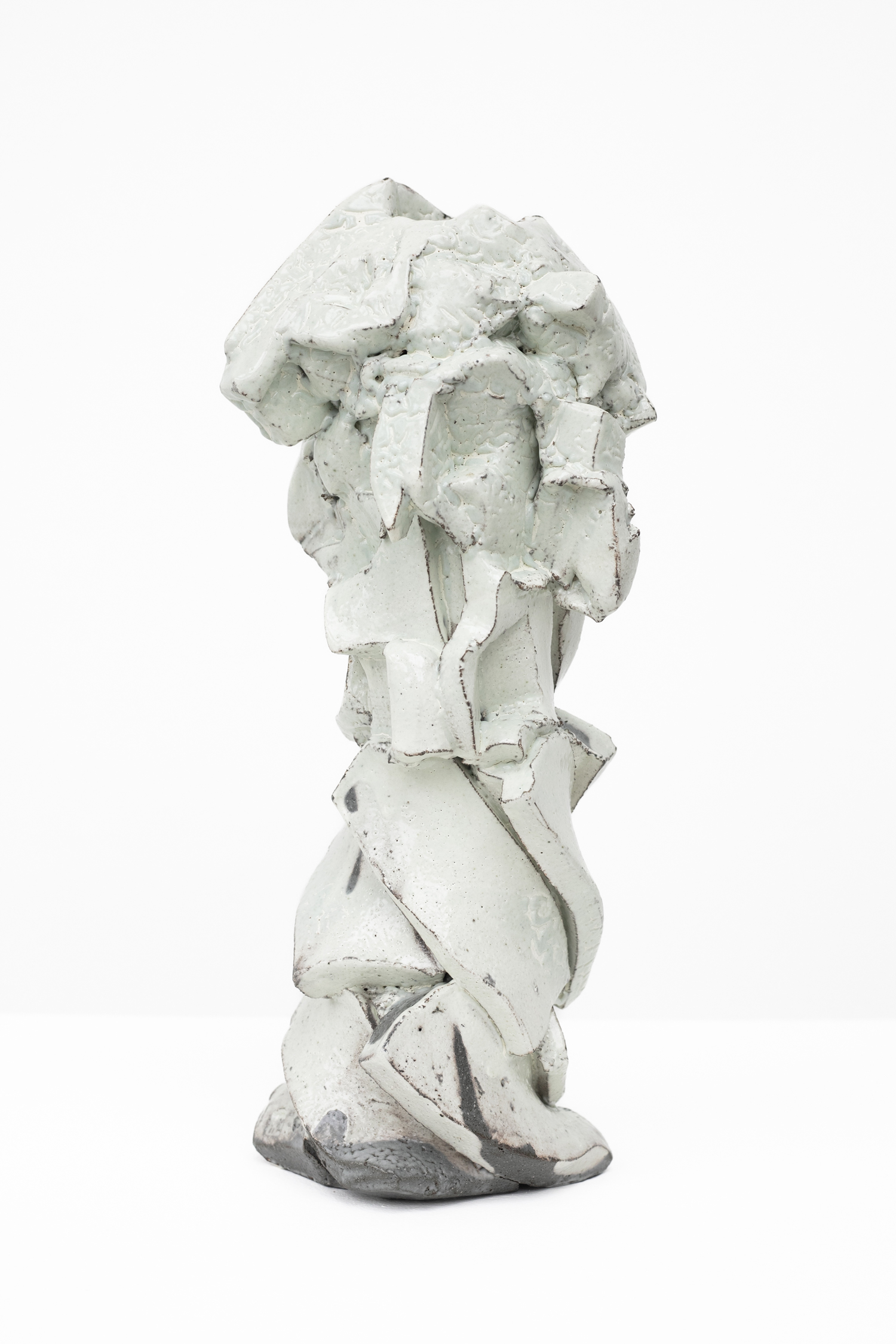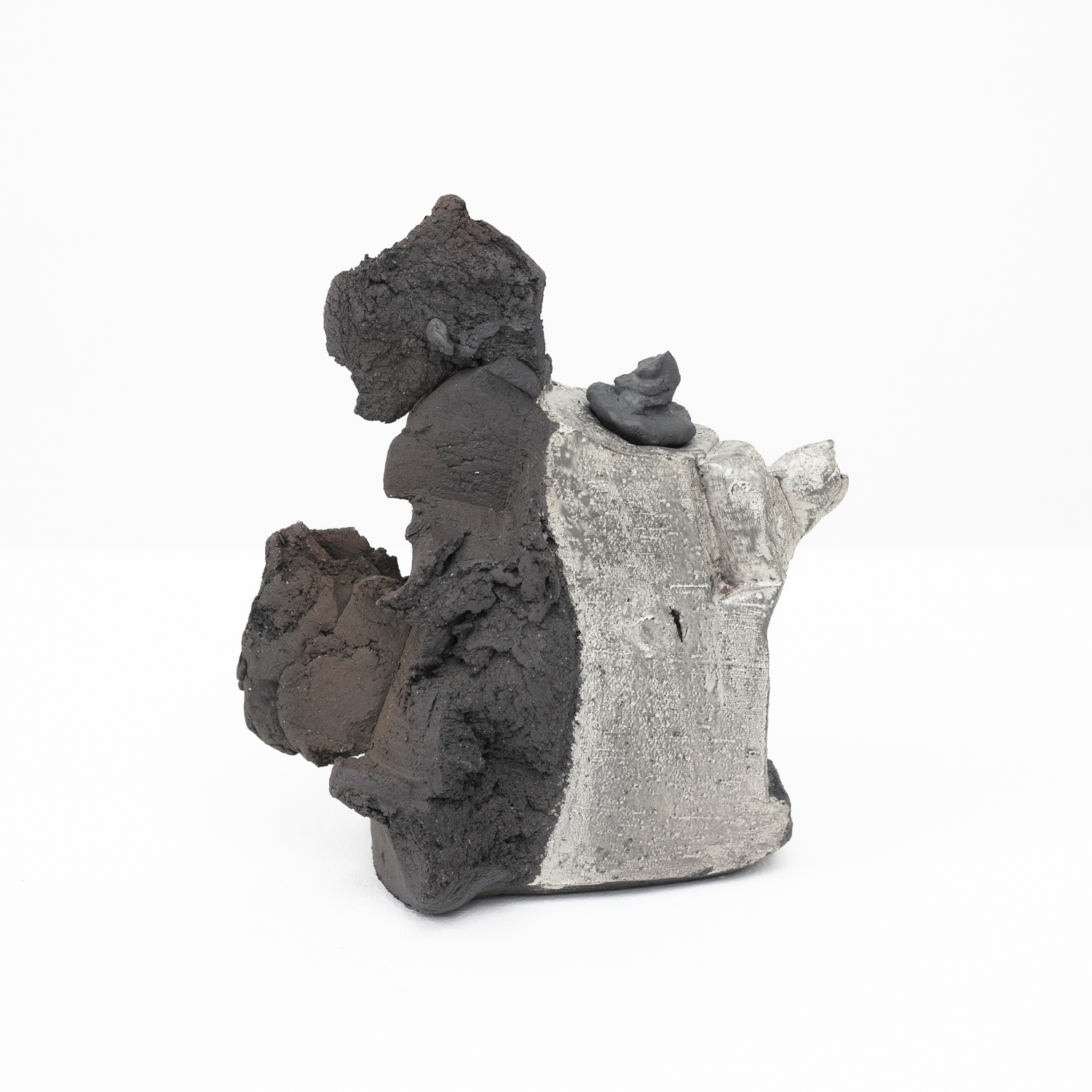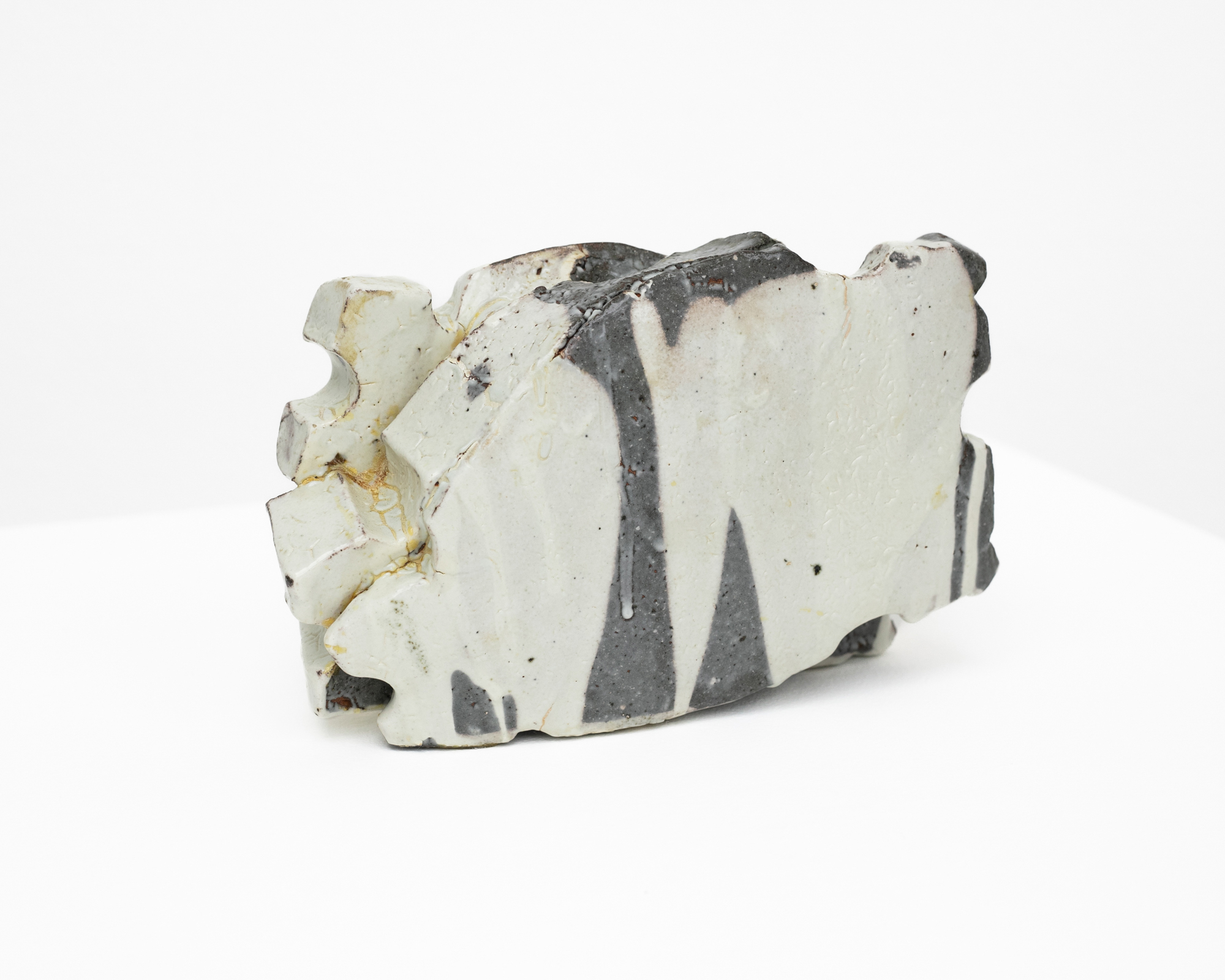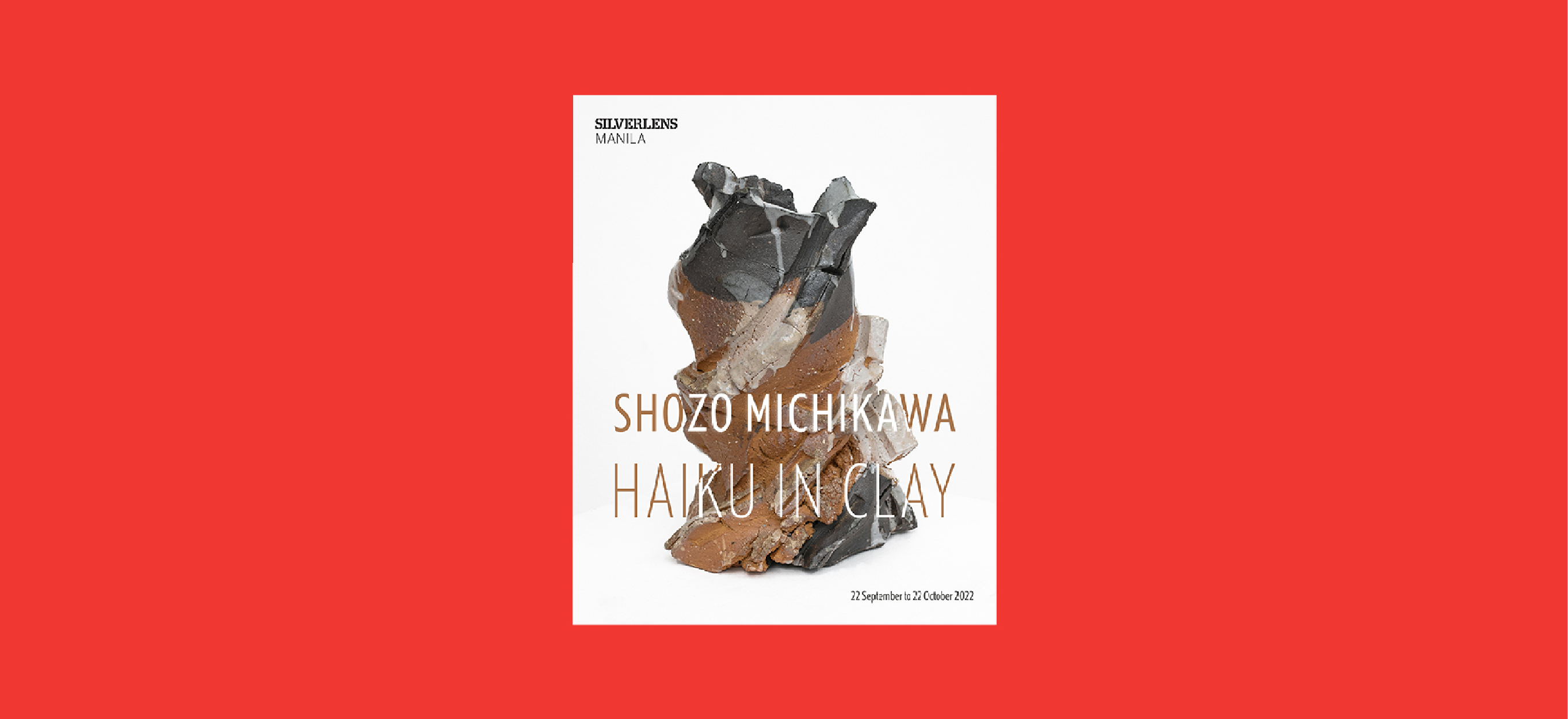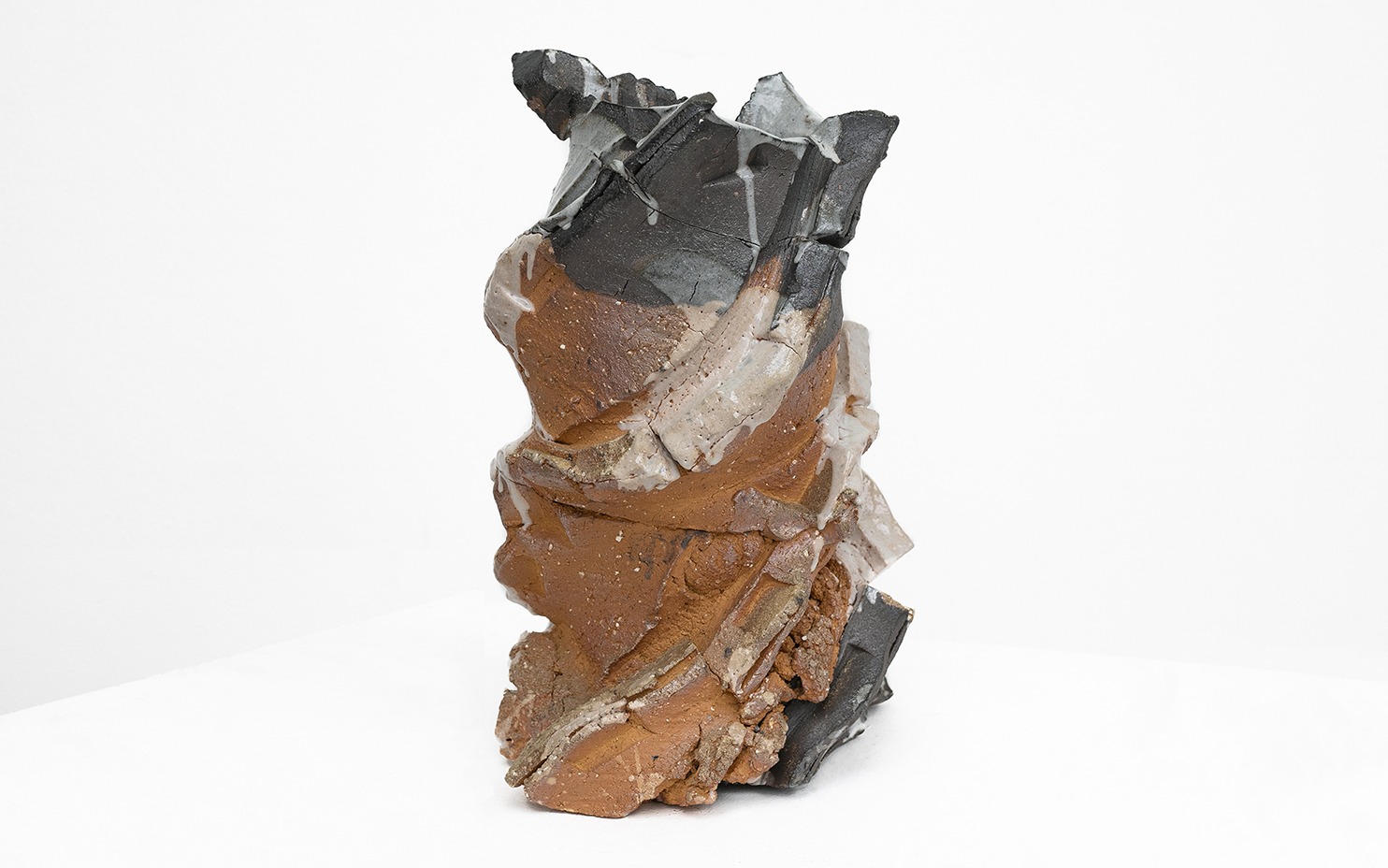
Haiku in Clay
Shozo Michikawa
Silverlens, Manila
About
Poetry in the Abstract
For Shozo Michikawa’s second solo show in the country, fifteen new ceramic works will be exhibited for Haiku in Clay. Like the Japanese literary form the show is named after, the pieces call to mind nature imagery transformed into concise strokes directed with focused emotion and expression.
In its earliest form, the haiku is derived from hokku which means “starting verse” which compares to clay as the stuff of beginnings, of the oldest materials used by man. For the artist, though, everything comes back to his birthplace in Hokkaido. The island is a continuous source of inspiration for his work because of growing up in an assemblage of landscapes: mountains, valleys, and lakes interspersed with the jarring, precarious beauty of accumulated lava and acid. He says he tries to retain the natural intentions of clay, which begins as a lump in his hands. It slowly takes form as it is kneaded, twisted, and stretched, a performance of art in itself and a form of applied philosophy.
In online videos of Michiwa’s demonstrations, he uses both wheel throwing and hand-building techniques where the outer layers of a vase are sliced and shaped using various tools. A long wooden stick like a rolling pin is inserted and used to massage the clay further, highlighting not just the creative labor of making an object but the hidden physical exertion of it that is unseen in the final result.
His works of Shino sculptural forms are made with a glaze of natural ash in muted colors partially enveloping its surface but mostly letting the overlapping layers show through the vessels. The base sheets of these appear like they were slapped into shape. On the other hand, the Kohiki sculptural forms in white glaze come in various sizes from tall elongated vessels that seem to have floating fragments to stout ones that resemble bowls to something flat, large and solid like a throne or seat blanketed in thick glaze.
The artist says the time of no travel during the pandemic made him think about his practice even more. This is reflected in the new works, where the abstractions in form retain their jagged lines but are tempered with softer waves of movement or undulations.
The works, when seen in actuality, also have the surface texture and mass of something very old, like the walls of ruined temples or forgotten cities. One can even imagine they could have been totems from another planet because of their complicated, faceted shapes. Amid a long-standing climate crisis, these pieces inspired by nature make us think of our own encounters with nature itself and how we’ve tried to control something that was never ours to begin with.
Shozo Michikawa is a widely exhibited ceramicist and has held demonstrations all over the world from museums to art centers and universities. Haiku in Clay will run from September 22 through October 22 at Silverlens Manila.
– Josephine V. Roque
Shozo Michikawa was born in Hokkaido, the most northern area of Japan, in 1953. After graduating from Aoyama Gakuin University in 1975, he settled his base of ceramics activity at Seto, Aichi. His exhibitions are held widely in Japan and countries like Philippines, Mongolia, France, USA, and the UK.
Works
